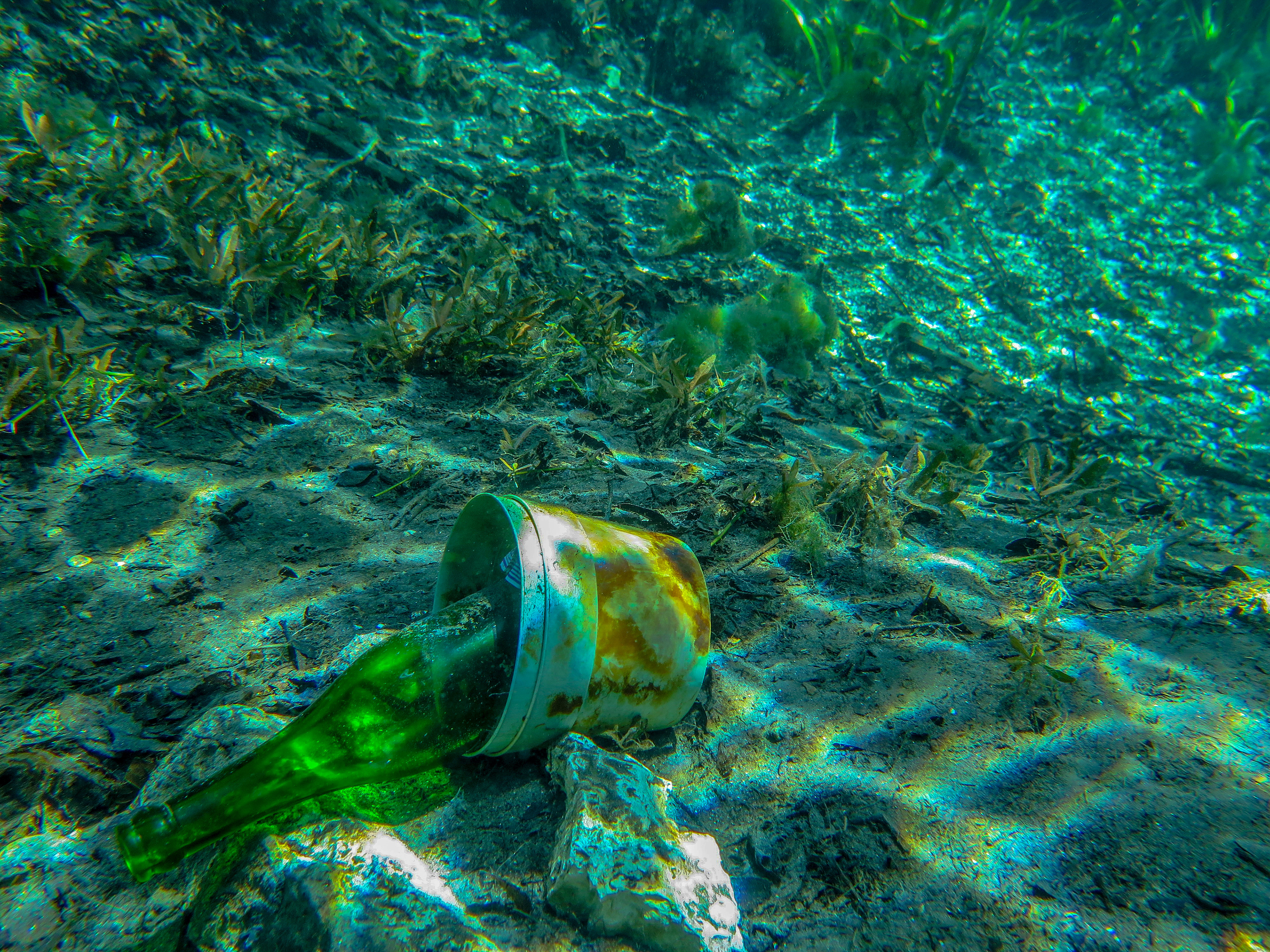
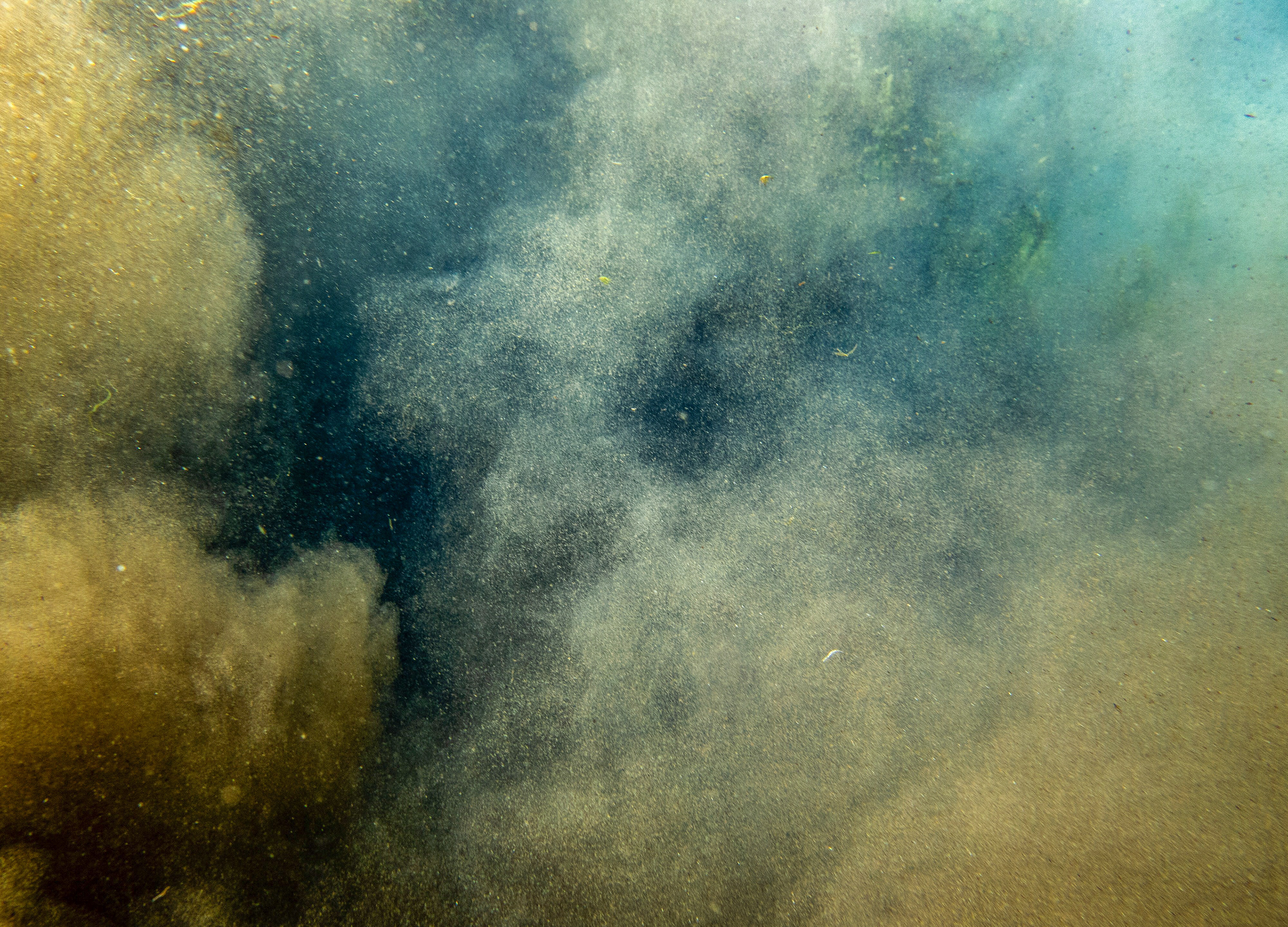
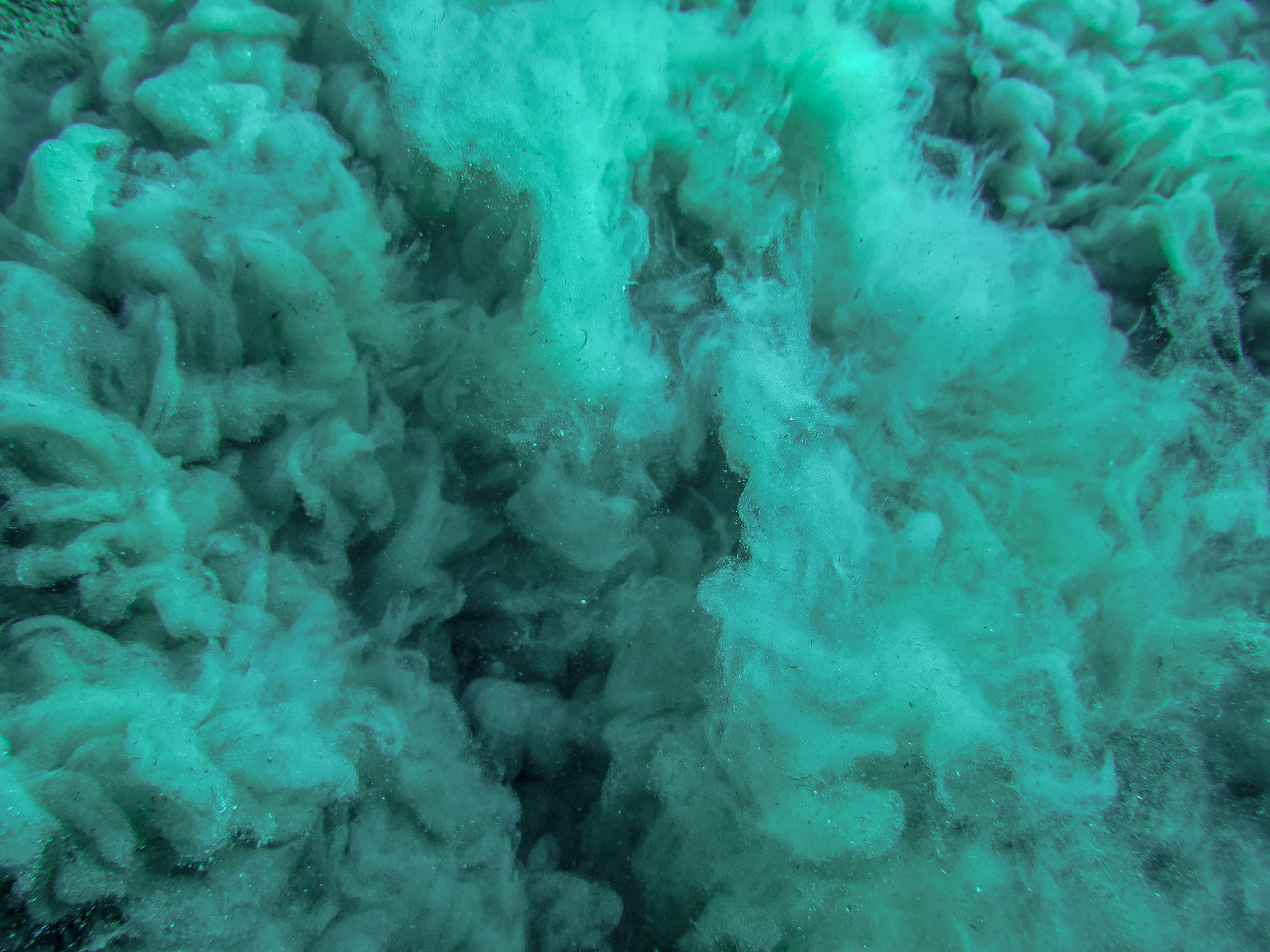
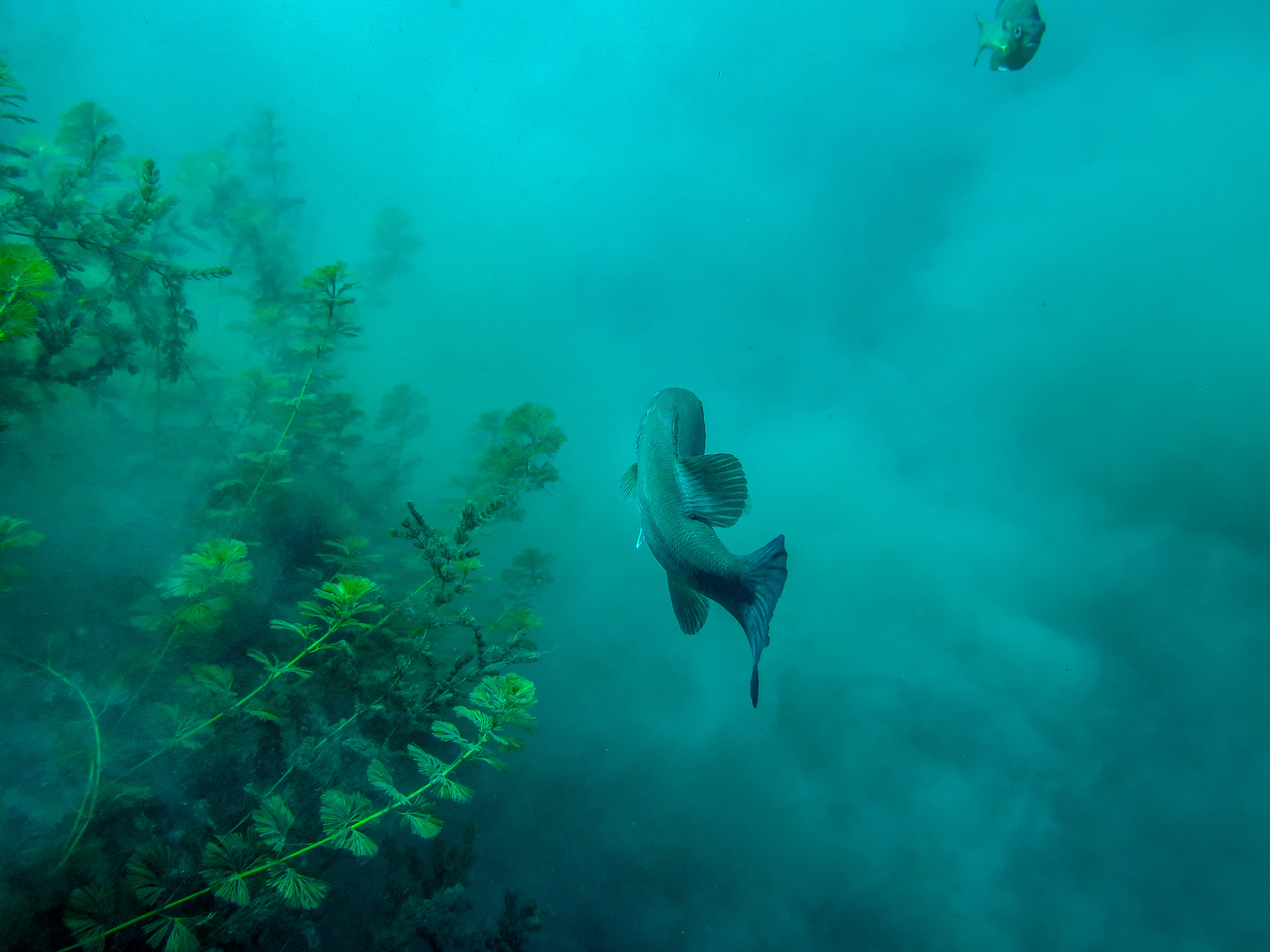
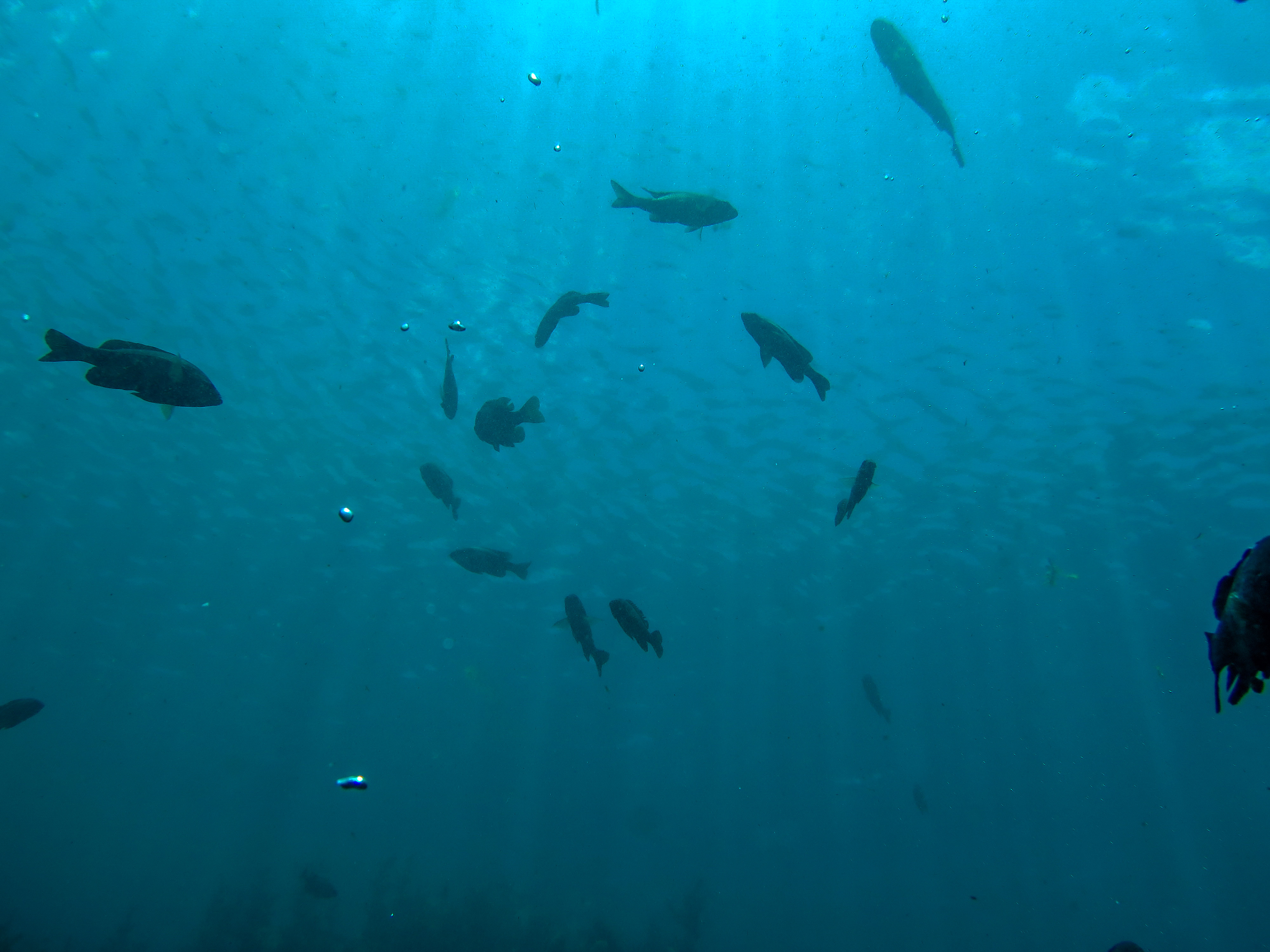
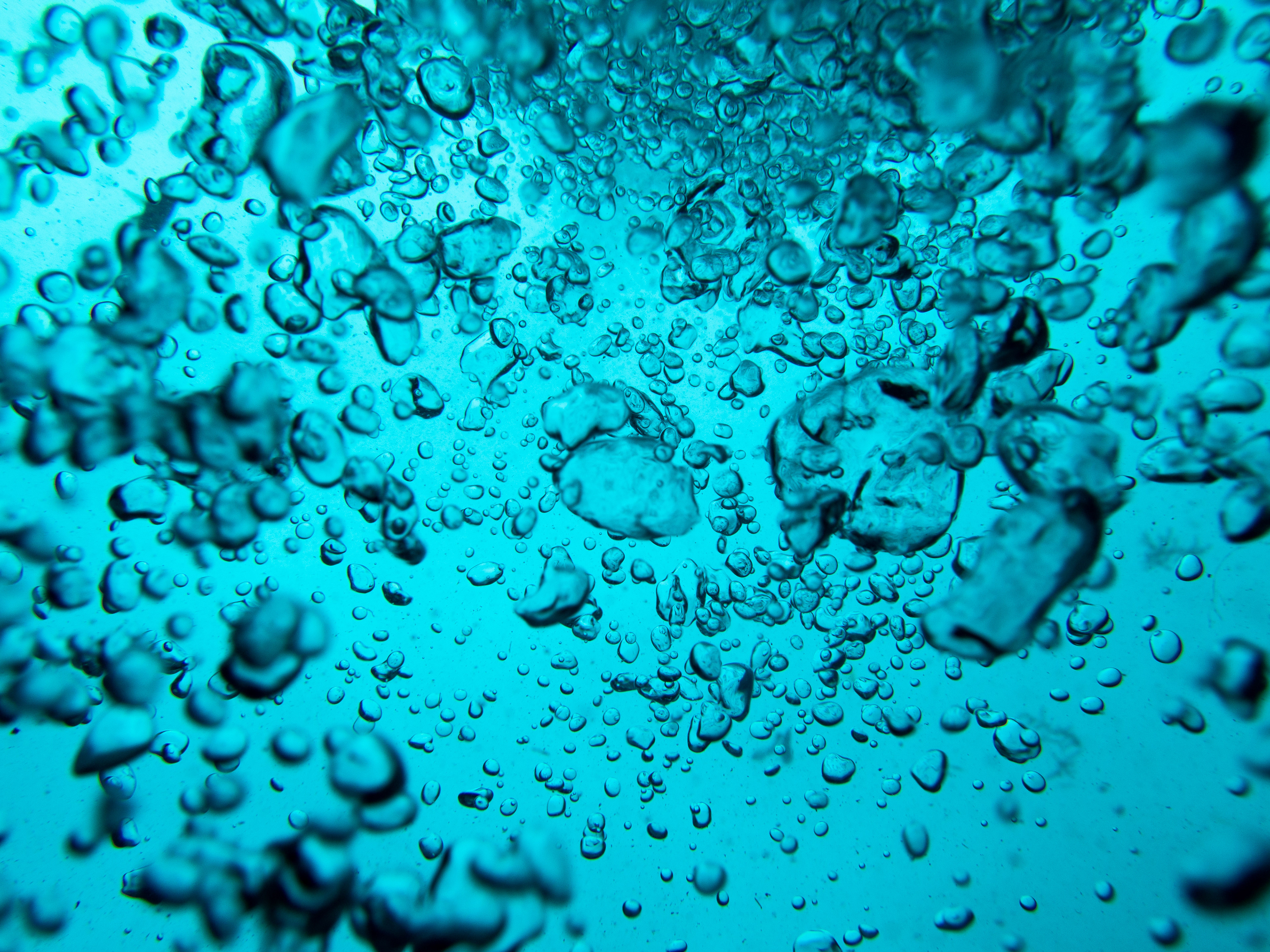

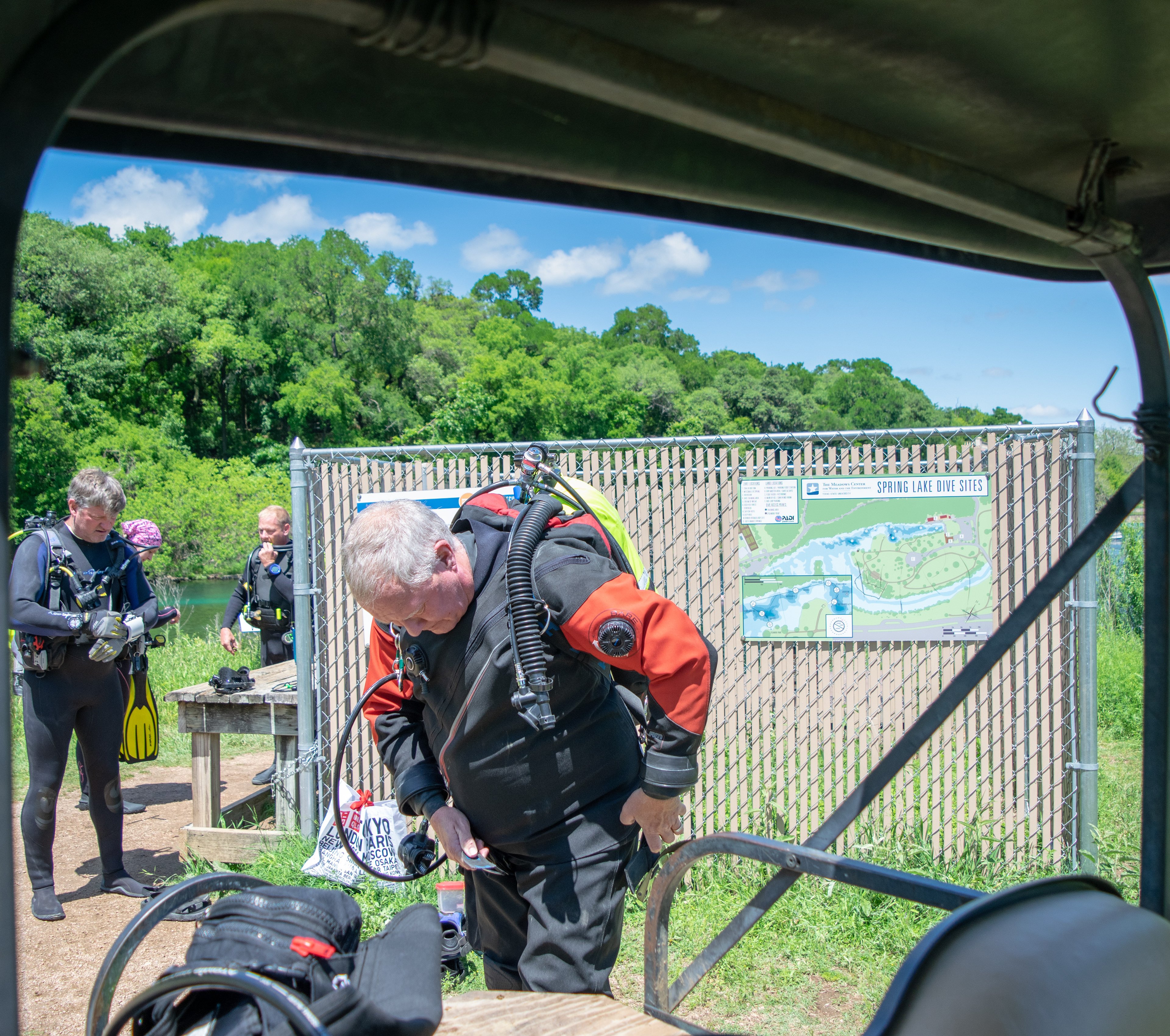
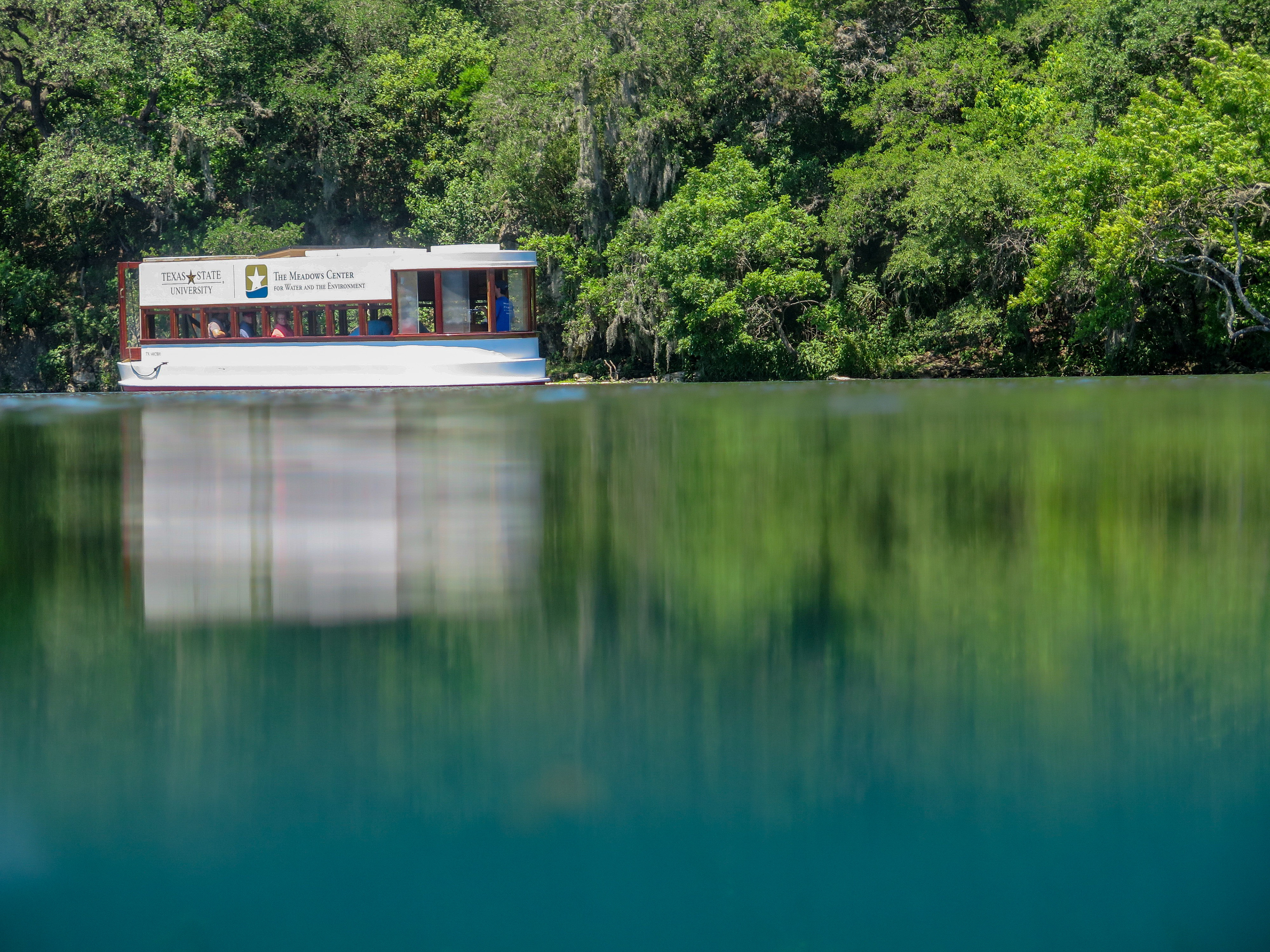
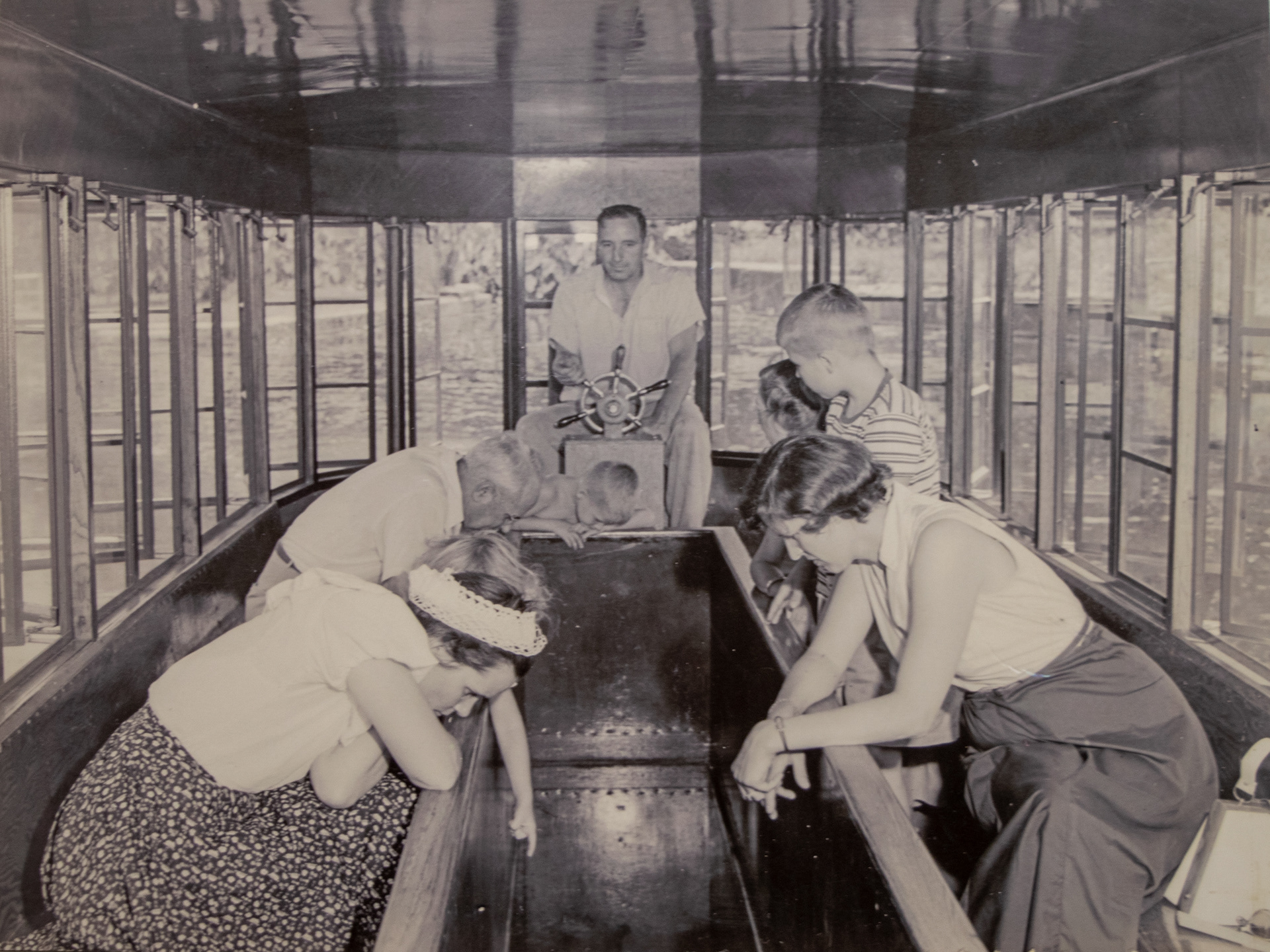
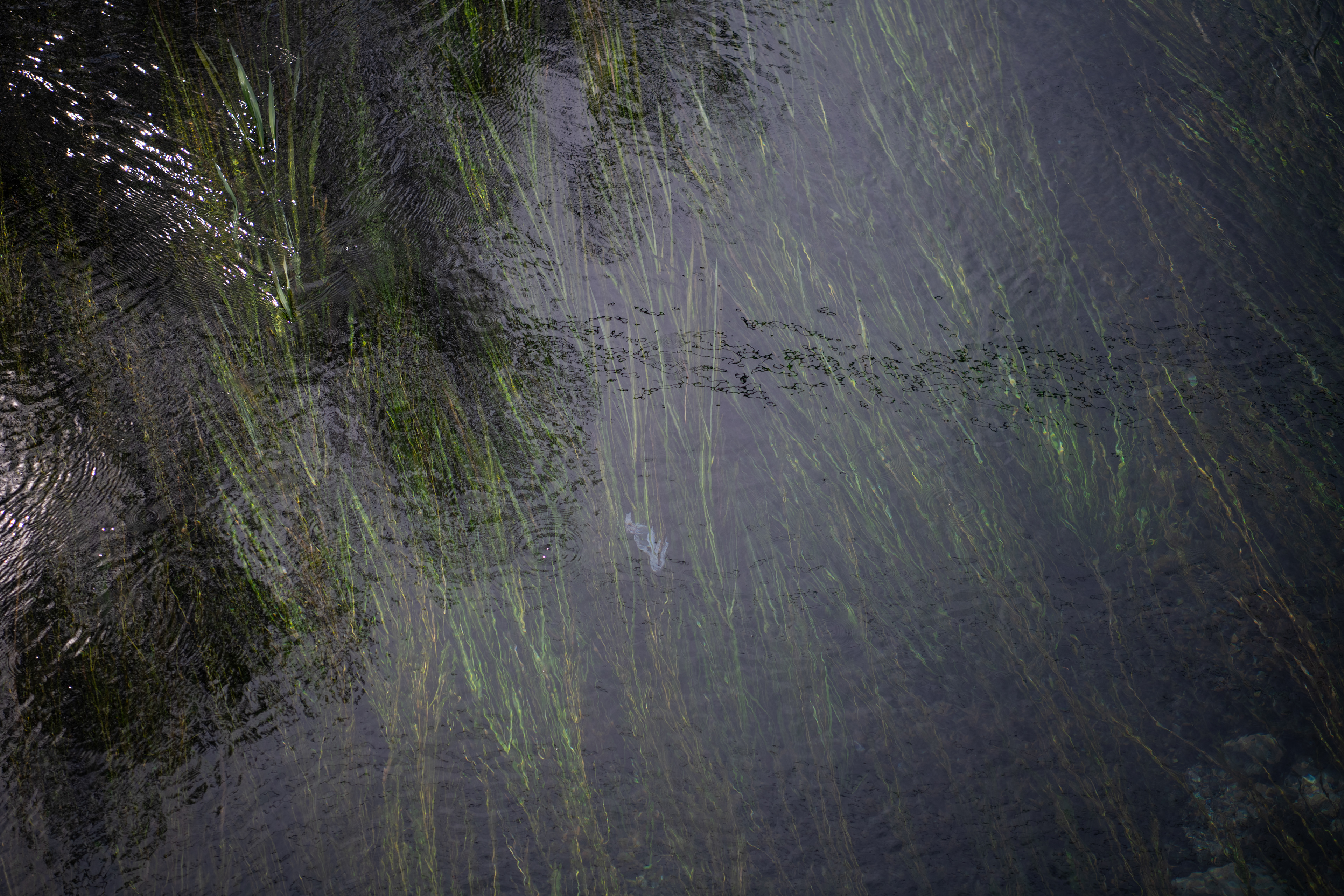

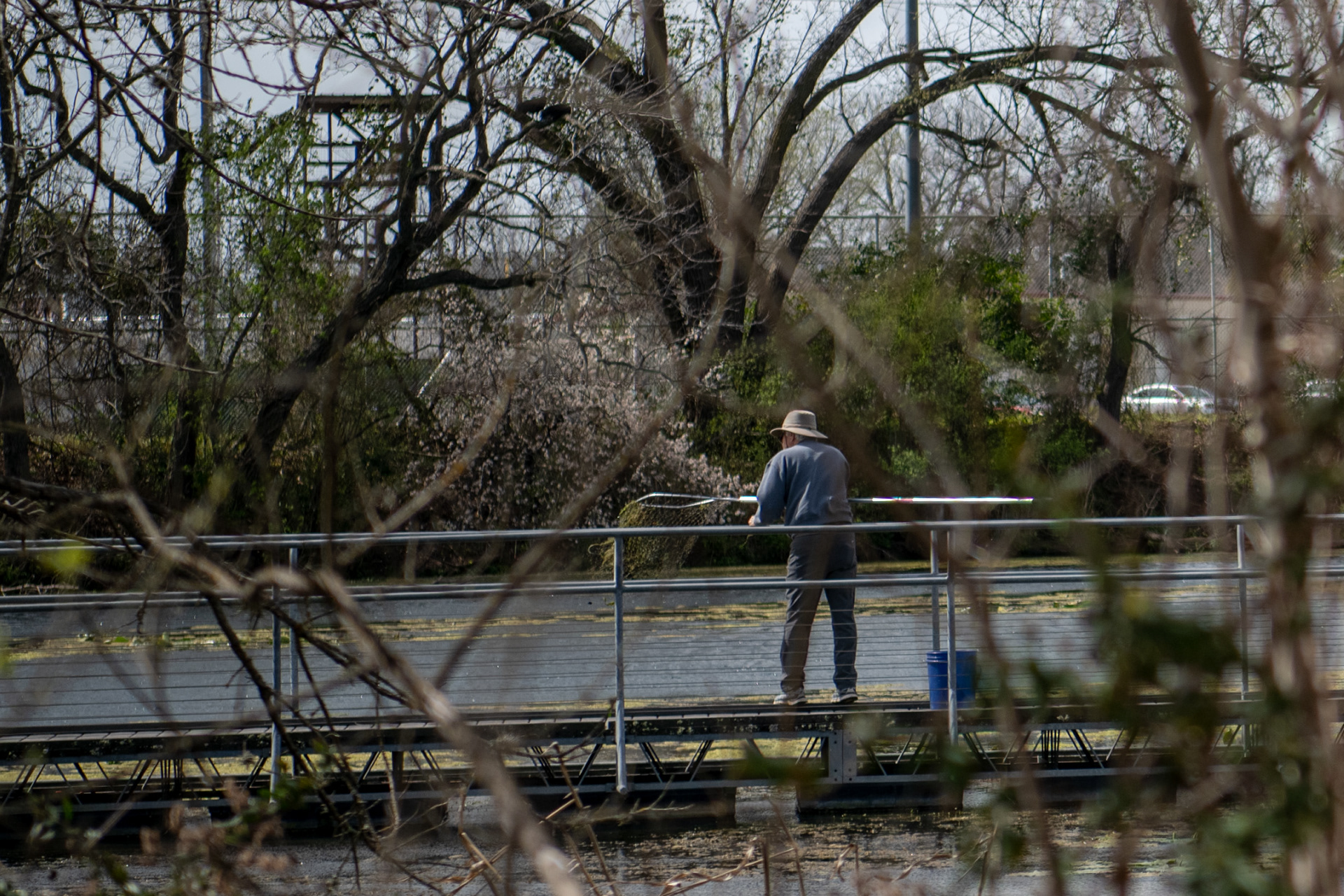
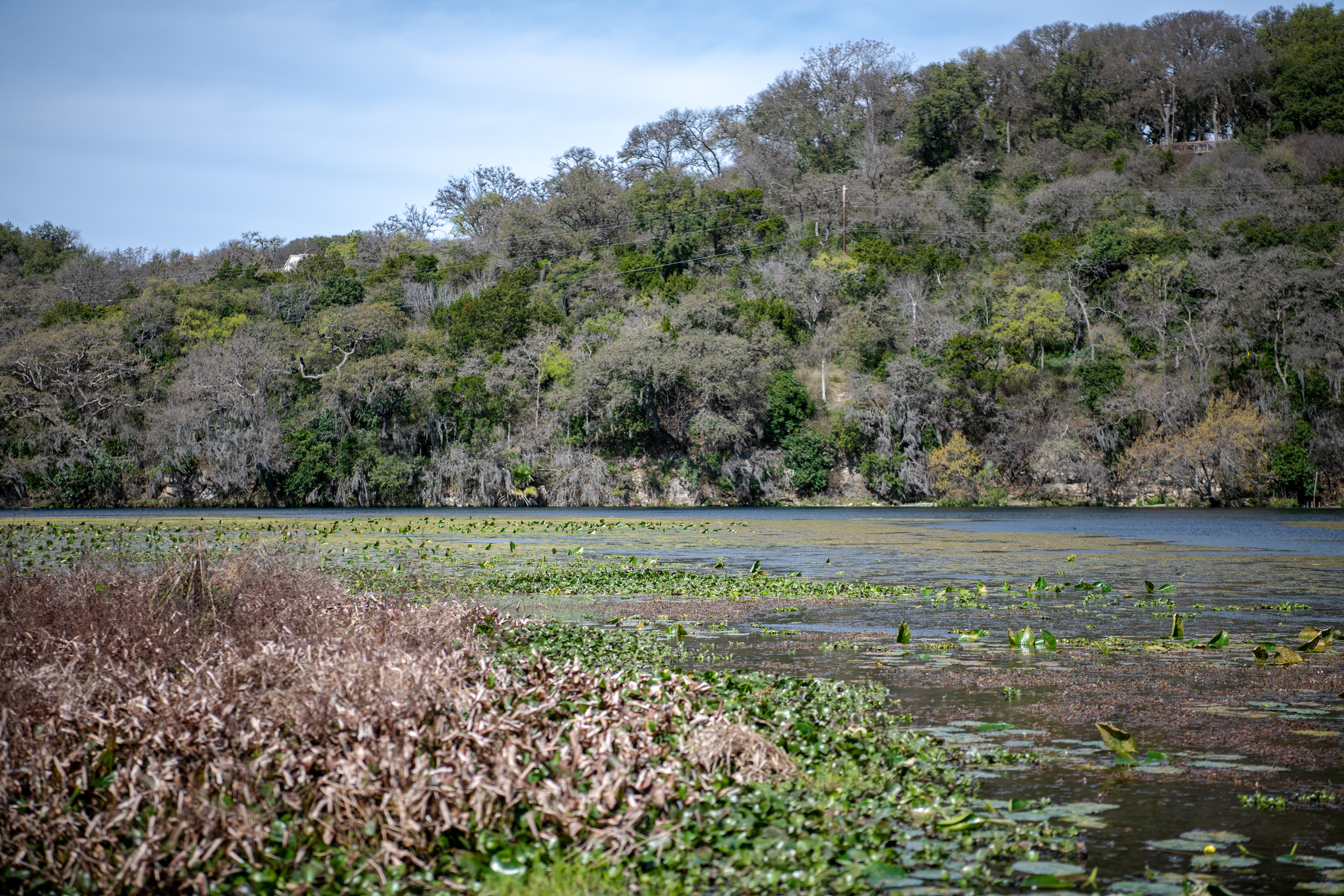
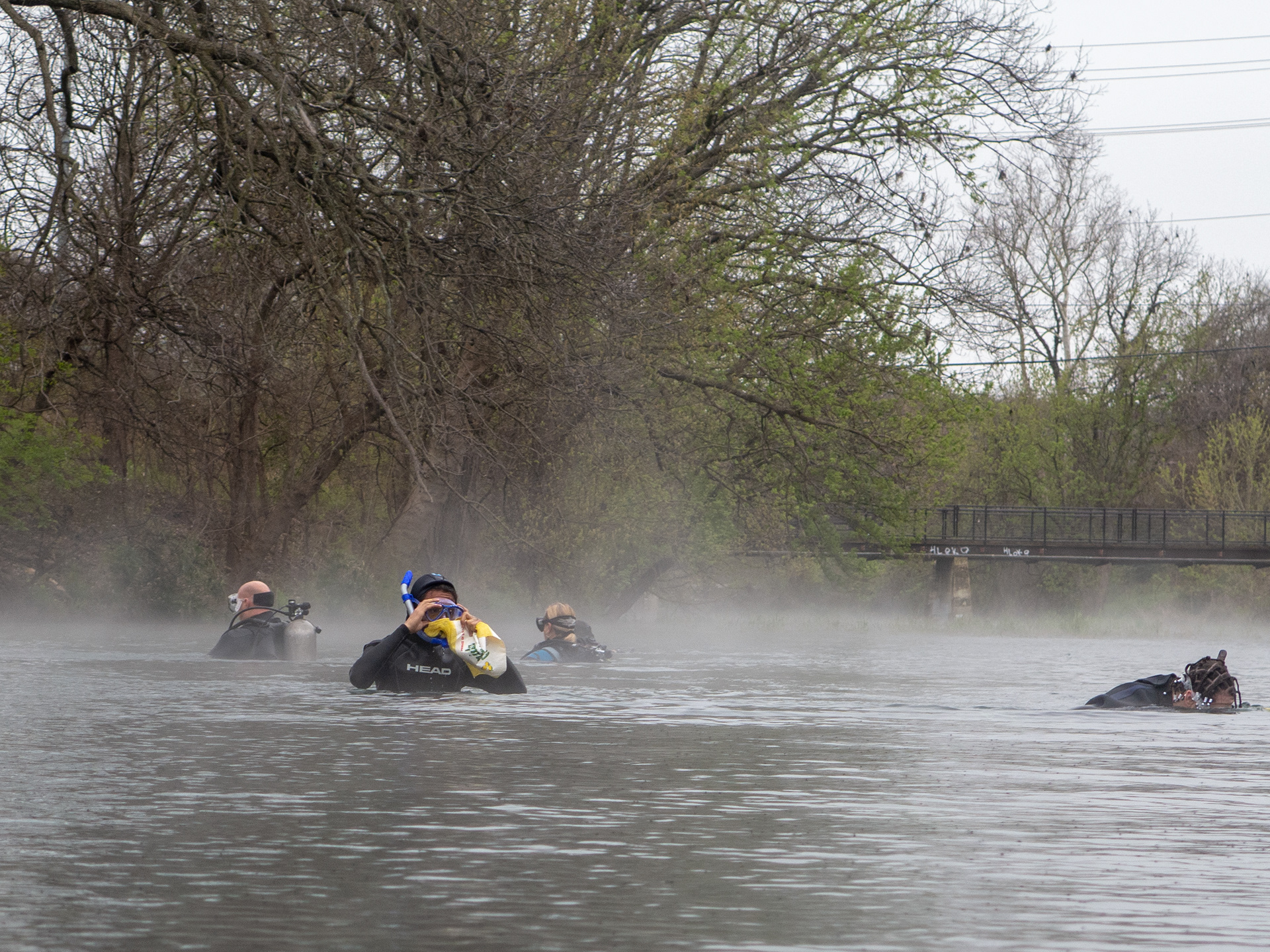
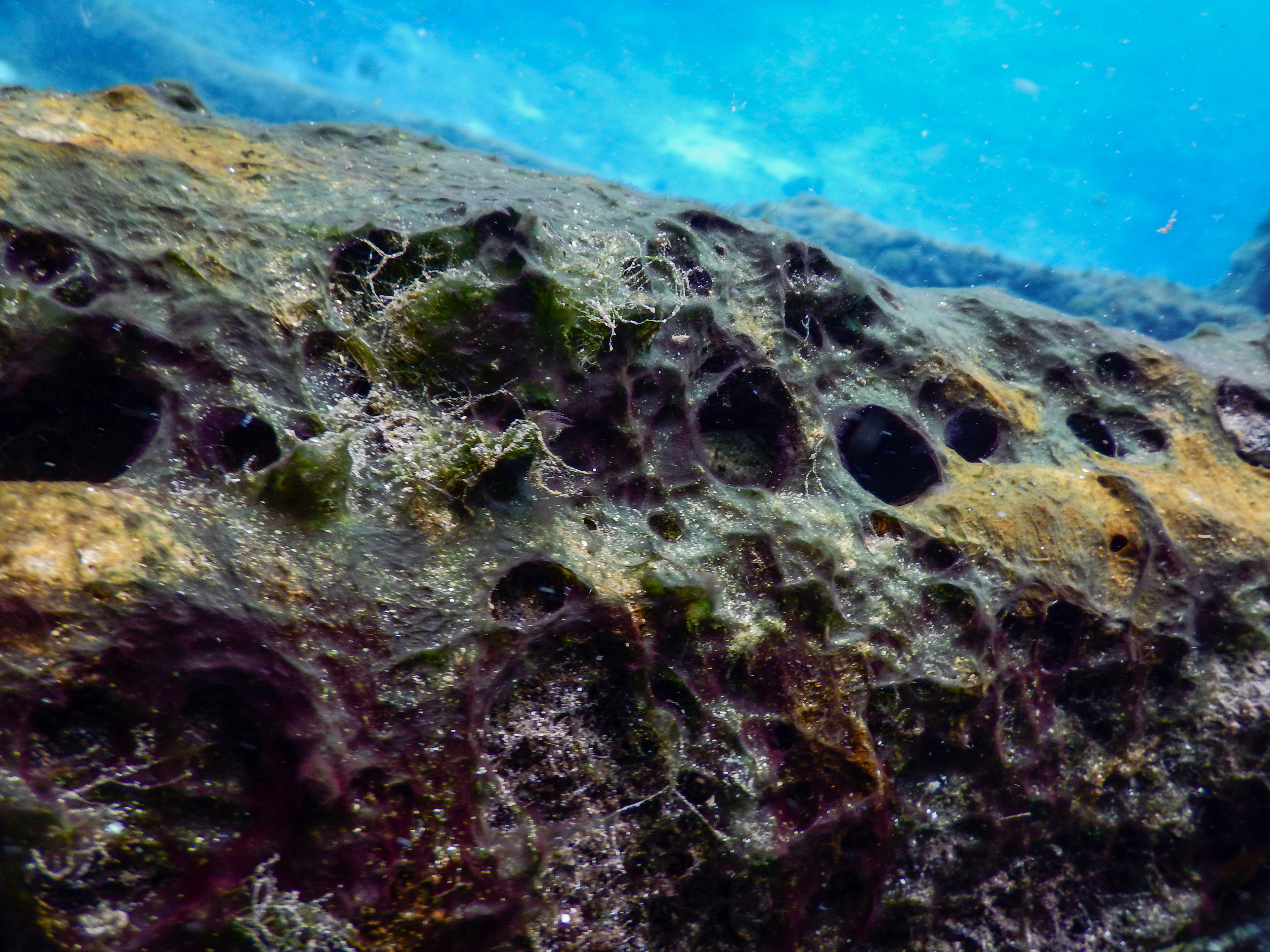
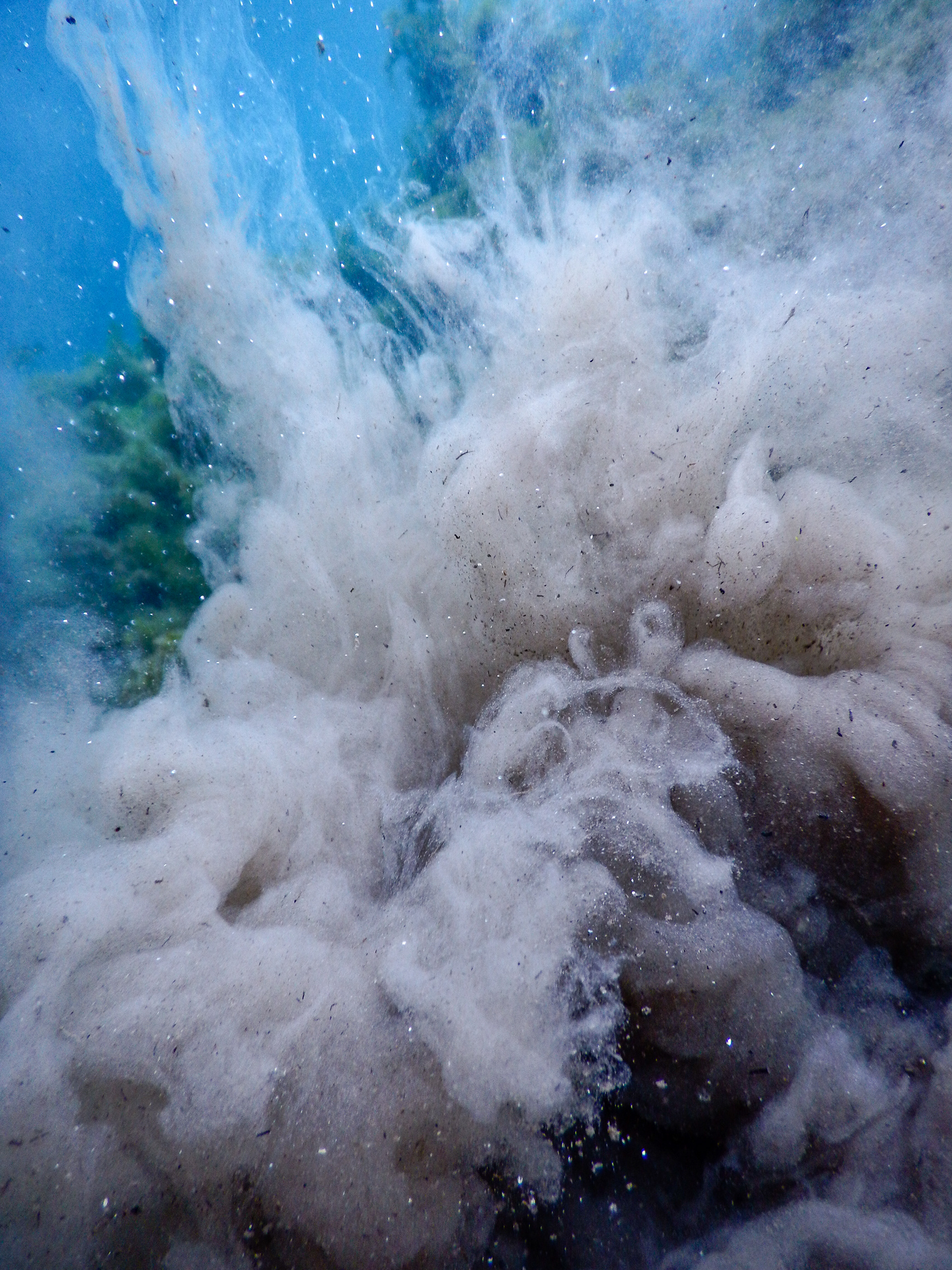
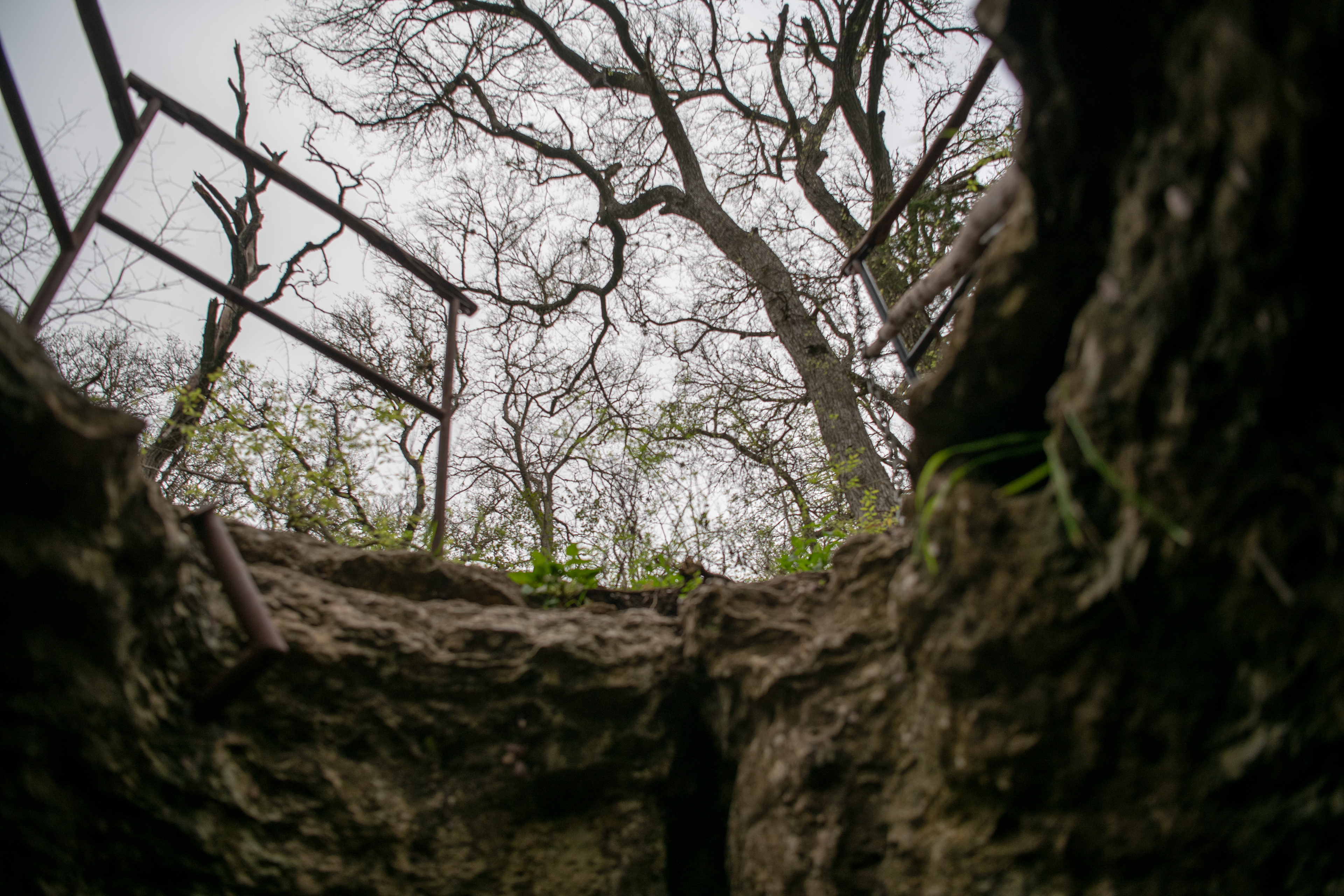
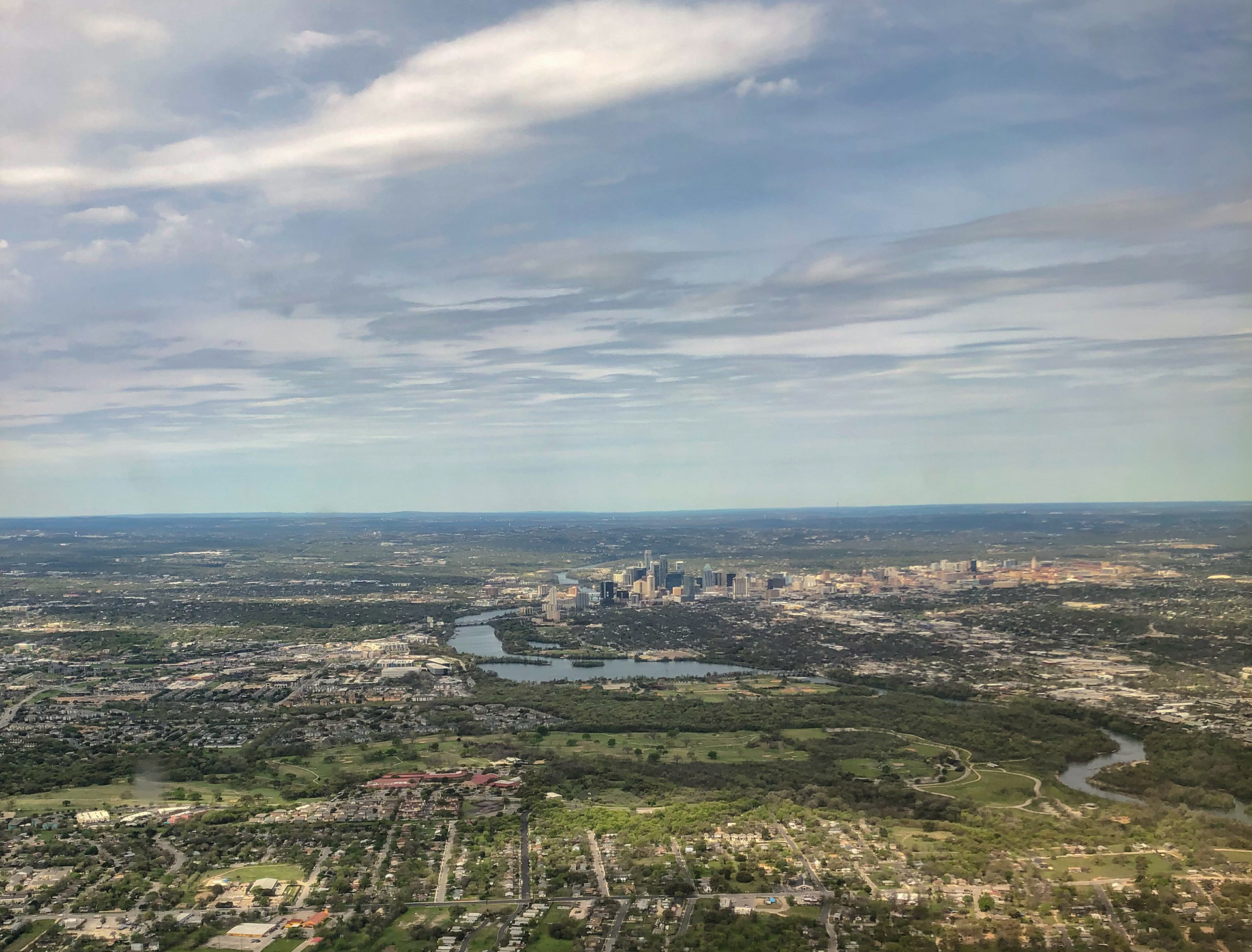
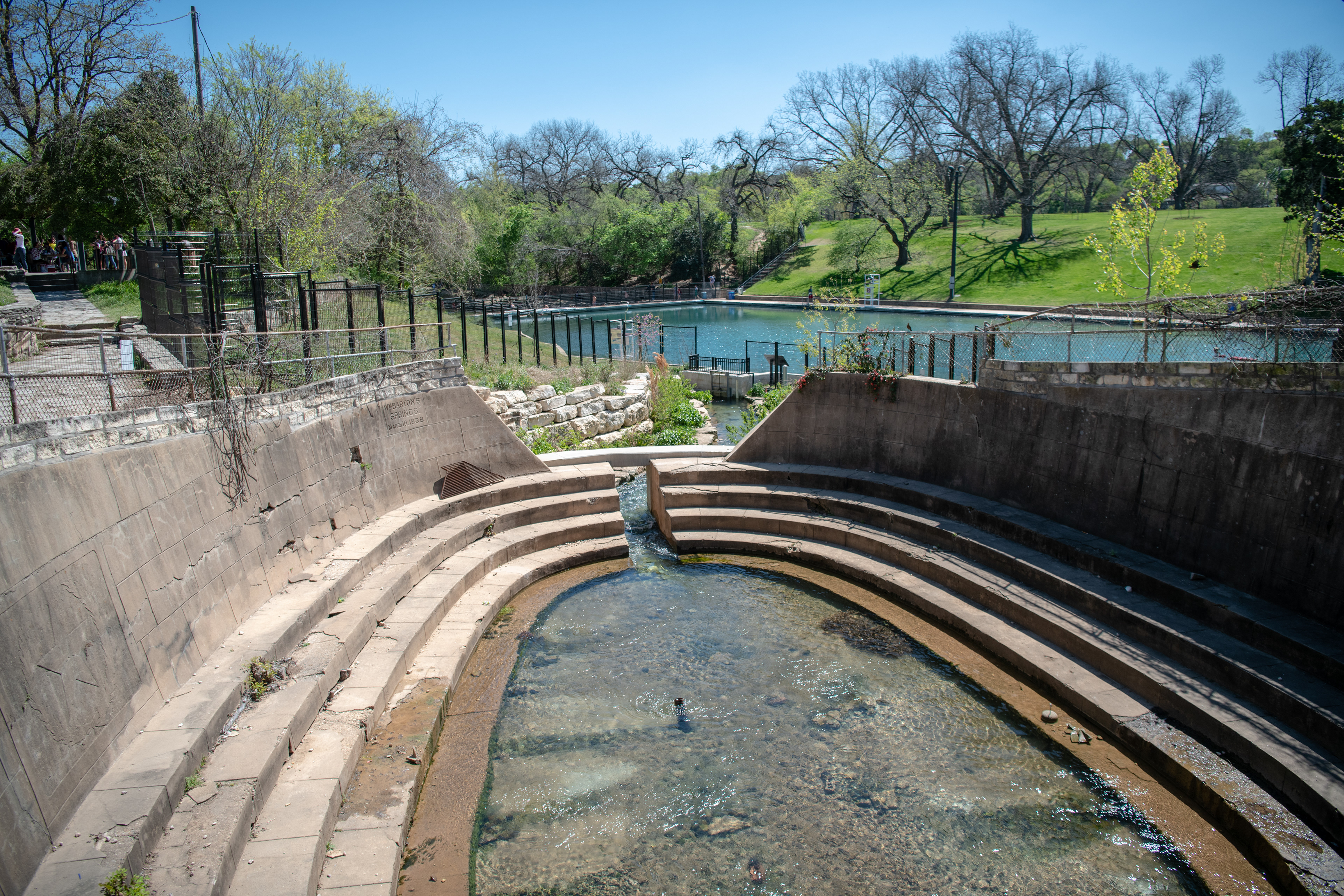
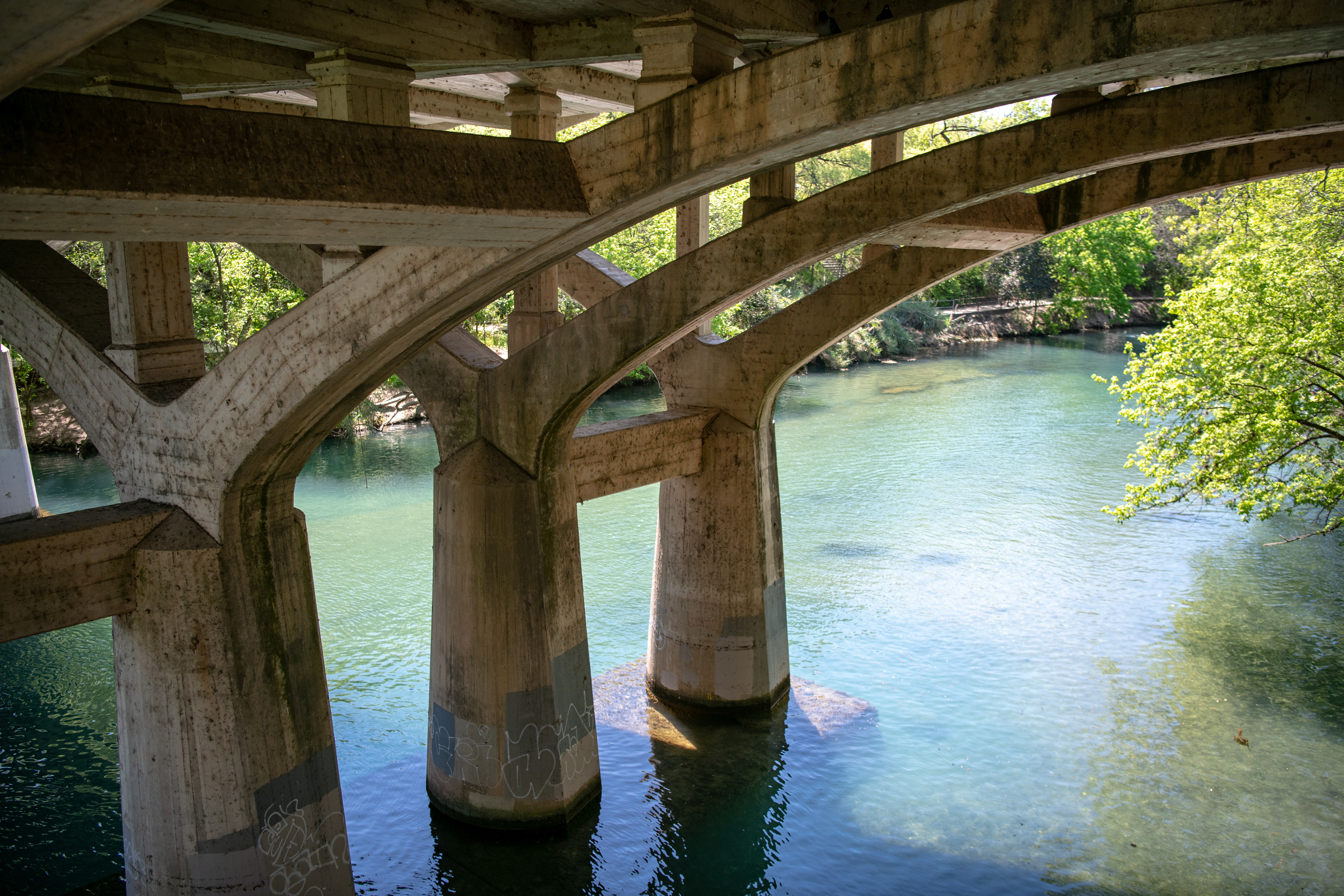
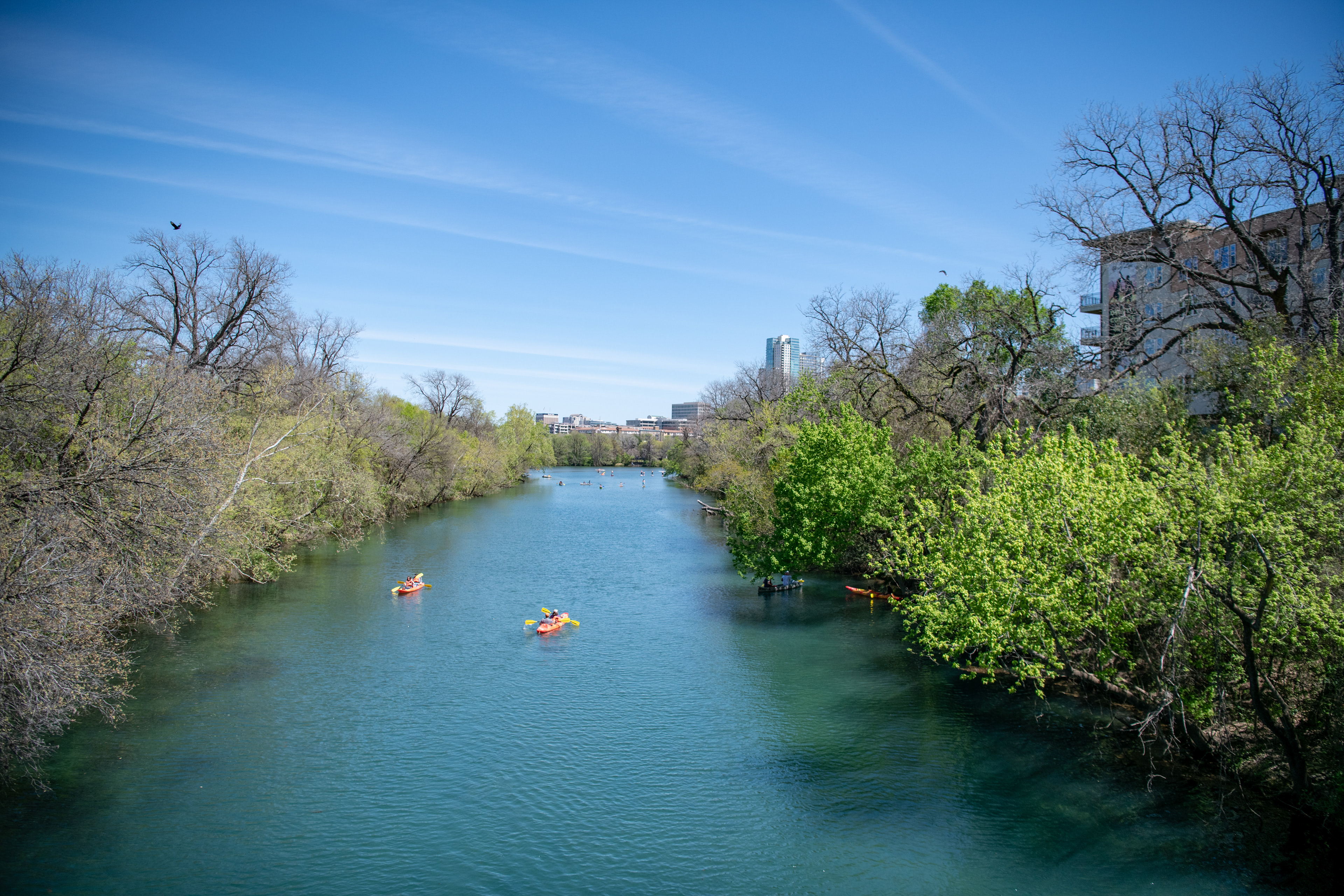
“The planet is in a state right now where we’re out of time, where in many places we’ve passed the point of no return….If I could take anybody on the planet and show them the things that I’ve seen, I think we’d save this planet tomorrow.” —Paul Nicklen, National Geographic photographer Central Texas is home to one of the most biologically diverse aquatic ecosystems in the southwestern United States. Spring Lake and the upper four miles of the San Marcos River are a critical habitat for eight species classified by the U.S. Fish & Wildlife Service and the Texas Parks & Wildlife Department as threatened or endangered: the Fountain Darter, San Marcos Salamander, Texas Blind Salamander, Comal Springs Dryopid Beetle, Peck’s Cave Amphipod, San Marcos Gambusia, Comal Springs Riffle Beetle, and Texas Wild Rice. “Critical habitat” means it has all the physical, chemical, and biological attributes needed for the species’ continued success. This body of work focuses on the natural beauty of Spring Lake and the San Marcos River, as well as other sections of the Edwards Aquifer, which we take for granted. This is related through photographic exploration of the underwater environment in Central Texas, the endangered species that inhabit it, and the areas above ground that impact water quality. As a diver who has helped for several years with preservation efforts, I wanted to show people the things that I’ve seen, as Paul Nicklen said. Our Central Texas waterways are threatened by population growth, which is bringing more than 150 new residents to the area each day. With that growth comes an increase in water use, pollution, and impervious groundcover. I am using art to draw attention to the cultural issues, water issues, climate issues, while educated others, and encourage them to get involved in preservation through such organizations as the Meadows Center for Water and the Environment (www.meadowscenter.txstate.edu) or the Texas Parks and Wildlife Department (www.tpwd.texas.gov). “Climate change is the single biggest thing that humans have ever done on this planet. The one thing that needs to be bigger is our movement to stop it.” Bill Mckibben





















